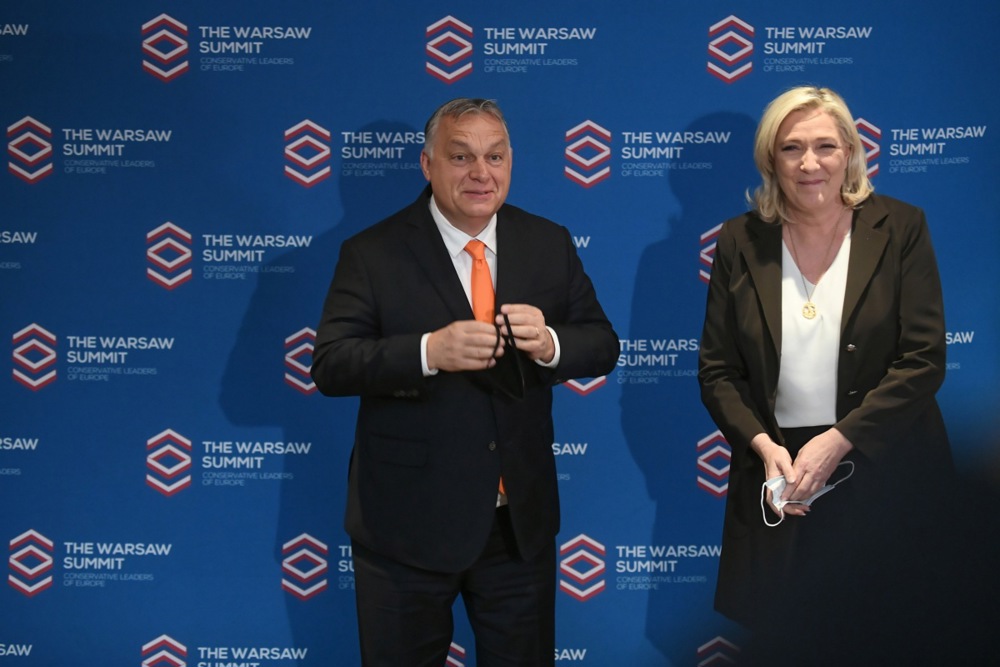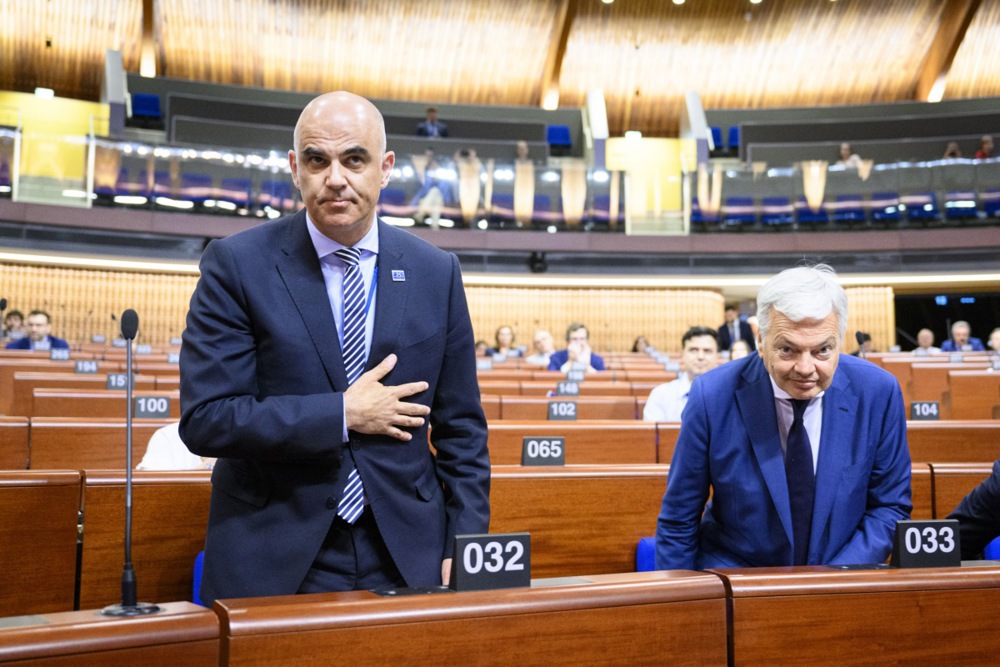Sweden’s Markbygden Ett, Europe’s largest wind-power plant, has lost more than €322 million since its start-up and between 2017 and 2023, the loss margin was minus 193 per cent, Swedish news outlet Affärs Världen has reported.
The Chinese-owned Markbygd Ett facility has been struggling with financial problems for several years and applied for debt restructuring in the autumn of 2023, according to the July 30 media report.
Restructuring, or företagsrekonstruktion, is a procedure in Sweden that allows companies facing financial distress to restructure their debts and operations under court supervision to avoid bankruptcy and continue working
Such efforts are in large part financed by European taxpayers. The European Investment Bank (EIB) lent out €174 million to the Swedish wind farm firm, making it the biggest lender to the company.
That loan is guaranteed by the European Fund for Strategic Investments (EFSI) and by extension by the European Union budget.
Two Swedish economists have issued a warning that the country’s wind-power industry is on the brink of a wave of bankruptcies. https://t.co/OnL7zRz8XP
— Brussels Signal (@brusselssignal) March 1, 2024
Historically, the EIB has concentrated on financing low-risk, joint European infrastructure projects. In recent years, though, it has significantly shifted its strategy.
As part of the EU Green Deal, the EIB has committed to investing at least one trillion euros in climate and sustainability projects between 2021 and 2030, as pledged in its Climate Bank Roadmap.
The EIB Group signed a total of €88 billion in new financing in 2023.
By 2025, the lender aims to allocate more than 50 per cent of its lending portfolio to climate and sustainability initiatives that support the Paris Agreement’s goal of limiting global warming to 1.5 degrees Celsius.
Affärsvärlden previously reported that the six China General Nuclear Power Group (CGN)-owned wind farms in Sweden have debts totalling €1.3 billion after only a few years in operation.
Markbygd Ett management cited unfavourable Power Purchase Agreements (PPAs) as the main cause of the losses.
PPAs are long-term contracts between electricity generators, ie sellers, and electricity buyers, typically lasting 10-20 years. They serve to provide financial certainty to project developers and investors.
“Prices go from being very high at times to being unusually low at times. Negative prices have become increasingly common in 2023,” the wind-power company said.
“Attention has also been drawn to a higher correlation between strong winds and low market prices, which in turn means that prices are generally lower during the hours when wind power produces the most electricity. This affects the company’s revenue streams in a negative sense.”
According to the annual report of 2023, published earlier in July, Markbygd Ett made a loss of €157 million, largely driven by having to buy replacement electricity on the market to meet its commitment to Norwegian energy firm Hydro at times when their turbines did not produce sufficient energy.
Conversely, at times it had to sell wind-produced energy at low prices, keeping revenues down.
Markbygden Ett, which is 75 per cent owned by the Chinese, has 179 wind turbines and has long been a flagship of Swedish wind power. The firm owns a total of 390 wind turbines in Sweden, at seven different facilities.
Its majority owner, CGN China, has been blacklisted in the United States after accusations of nuclear espionage.
Despite significant financial setbacks in the wind-power world, Swedish State-owned energy company Vattenfall has said it wanted to expand its portfolio. The company is planning to construct a new wind farm, called Storlandet, adjacent to the existing Markbygden facility. This project is set to be twice the size of its predecessor.
It will have 373 wind turbines with a height of 295 meters and is set to generate 2,600MW. It will be built in Gällivare, Norbotten, Sweden, above the Arctic Circle.
Notwithstanding the limited profit, more than two-thirds of Vattenfall’s investments have been made in the wind and solar division.
The total profitability for Vattenfall has also benefited from subsidies for offshore wind power in Germany.
The European Court of Auditors is sounding an alarm over the potential negative effects of building wind farms at sea. https://t.co/K9TVZRO3fP
— Brussels Signal (@brusselssignal) September 19, 2023





